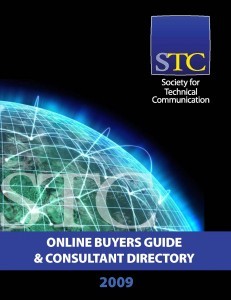Stories engage and resonate, and lead to successful, profitable presentations
Because I enjoy telling stories, especially in business situations, my first thought was to begin this treatise with a story about a poor method for opening a presentation so that you can learn how dreadful this kind of opening can be.
This opening, one that you probably see and hear far too often and most likely bores you to doze off, seems to pervade far too many presentations. But I figured you would be so bored reading about it that you would not even make it to the end of this first paragraph. Understandable.
 Story. Instead, I’m going to start by telling you a story about one of the first times I ever gave a presentation, and how I quickly learned how to start with an engaging opening.
Story. Instead, I’m going to start by telling you a story about one of the first times I ever gave a presentation, and how I quickly learned how to start with an engaging opening.
The day before, I was practicing my presentation in front of a valued colleague, Philip. So I started:
“Good evening. Thank you all for coming here tonight. It’s so good to see all of you. I’m excited to speak to you about…”
“Stop!” Philip exclaimed.
I stopped. And looked at him. “What?”
“Rich, that is just about the most boring way to start. Everybody is so used to hearing that crap, that they immediately stop listening.”
“But,” I protested. “I want to welcome them.”
Philip frowned. “And fall asleep,” he continued
“And thank them,” I feebly added.
Continue reading Open Your Presentation with Pizzazz — Tell a Story








